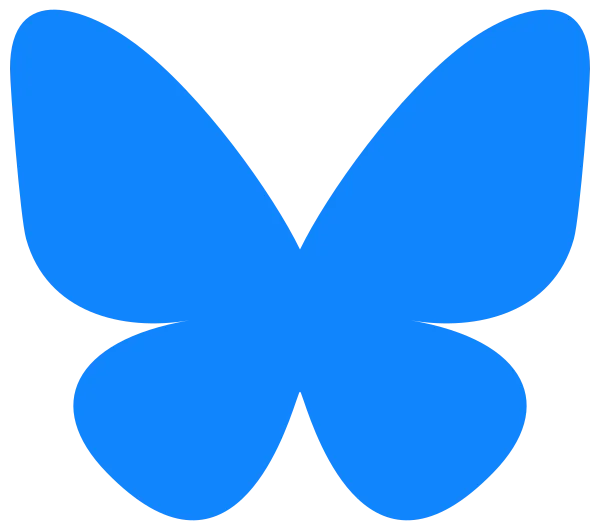Google Design Sprints
We have a complete set of templates
Developed at Google Ventures
The Google Design Sprint was created by Jake Knapp, Braden Kowitz, Michael Margolis, John Zeratasky, and Daniel Burka while they were at Google Ventures.
It's a five-day process for answering critical business questions through design, prototyping, and testing ideas with customers.
Instead of waiting to launch a minimal viable product to understand if an idea is any good, the team can fast-forward into the future to see customers might react to a finished finished product, before making any expensive commitments.
Made easy by Kerika
There are a number of resources available on the subject of Design Sprints, including a comprehensive book by Zeratasky for folks that want to dig deep into the subject. There are also some helpful videos on the subject, starting with this one.
What we have done for you is to package all the core actions needed to complete a Design Sprint into a handy set of Templates that you can use to run your own sprints, even if you have limited resources and little experience with either design or sprints.
Day-by-Day Templates
We can walk you through each step of the Design Sprint.
We have made it easy for folks that are new to design or sprints to get going: everything that's needed for each day of the Sprint, starting with Day 0 for prep-work, is organized as a separate template
Setting up separate boards for each day of the Sprint will make it easy for you to focus on what needs to get done on each step of the way.
Click on the images below to see the actual templates.

Prep work: find the right challenge, and the right team to take on that challenge. And make sure you have space booked for the team, e.g. a conference room that's available for the entire week.

Today you will agree on a long-term goal, make a map of the challenge, ask experts within your organization to provide input, and pick a specific target for the Sprint.

Today you will start to look at solutions: review existing ideas and then each person will sketch a 4-step process using critical thinking. (And recruit customers who can help with the final day of the Sprint.)

Today you will critique all the solutions proposed the previous day, and decide which ones seem most promising. Next, you will take the best elements from each person's sketches and put together a storyboard.










